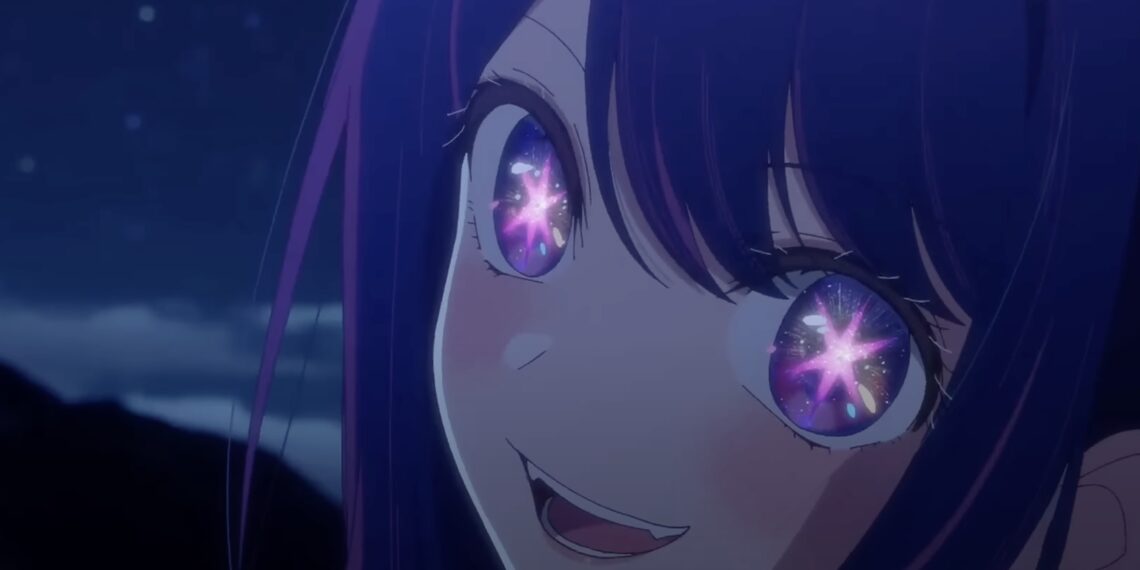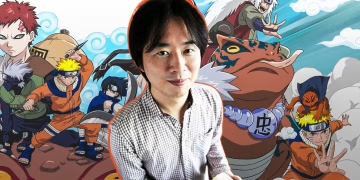As the curtain closes in 2023, Yahoo Japan’s “Search Awards” results were unveiled on December 5th, satiating anime fans’ curiosity about which shows rising stars stole netizens’ attention over the last 365 days based on Yahoo search traffic.
Claiming the anime throne this year was studio Doga Kobo’s small-screen adaptation of Aka Akasaka and Mengo Yokoyari’s showbiz serialized sensation “Oshi no Ko.”
This psychological rollercoaster ride peering behind the sparkling curtain of the entertainment industry clearly enthralled viewers, suggesting a mainstream breakthrough for the avant-garde mangaka duo.
Beyond the top spot bragging rights, the annual list serves as a barometer for larger anime industry trends – a glimpse at which titles built enough grassroots buzz in 2023 to ascend from Japan’s crowded seasonal shuffle into potential long-running fame and fortune.

As sponsors dissect what resonated, 2024 financing could flow towards the kinds of audacious auteurs and premises that rocked Yahoo this year.
Zooming out into the awards’ wider purview, music moguls, Hollywood agents and more are analyzing what rising athletes, viral news stories, and zeitgeist-capturing personalities dominated digital discourse over the last year based on search traffic.
The rankings crystallize Online Japan’s obsessions – catnip for content creators and advertisers going forward.
So while the Yahoo Search Awards dish simple top 10 lists, the ripple effects from these rankings could manifest in millions worth of development deals, merchandising rights, integrated marketing campaigns, and more in 2024 as corporations chase clicks by capitalizing on the topics and figures that made the Internet swoon this year.
Oshi No Ko Tops Yahoo! Japan Search Awards 2023 for Anime Category
The full top five anime series by search volume in 2023 according to Yahoo! were:
5. Demon Slayer: Kimetsu no Yaiba – Swordsmith Village Arc
Demon Slayer comes out swinging in Season 3, immediately introducing new upper-rank demon antagonists while establishing an even richer visual style in the opening sequence that raises the bar from the already stellar animation.
Even protagonist Tanjiro’s re-introduction scene feels fresh while thankfully limiting the appearances of over-the-top comic relief characters Inosuke and Zenitsu during this arc. Their absence marks a tonal shift away from excessive silliness, a welcome change.
Filling the secondary character void are the likes of Mist Hashira Muichiro Tokito, Love Hashira Mitsuri Kanroji, and Tanjiro’s abrasive Demon Slayer Corps ally Genya Shinazugawa.
Not only are their combat abilities impressively portrayed, but ample time is devoted to exploring their backstories and motivations through well-written dialogue and interactions.
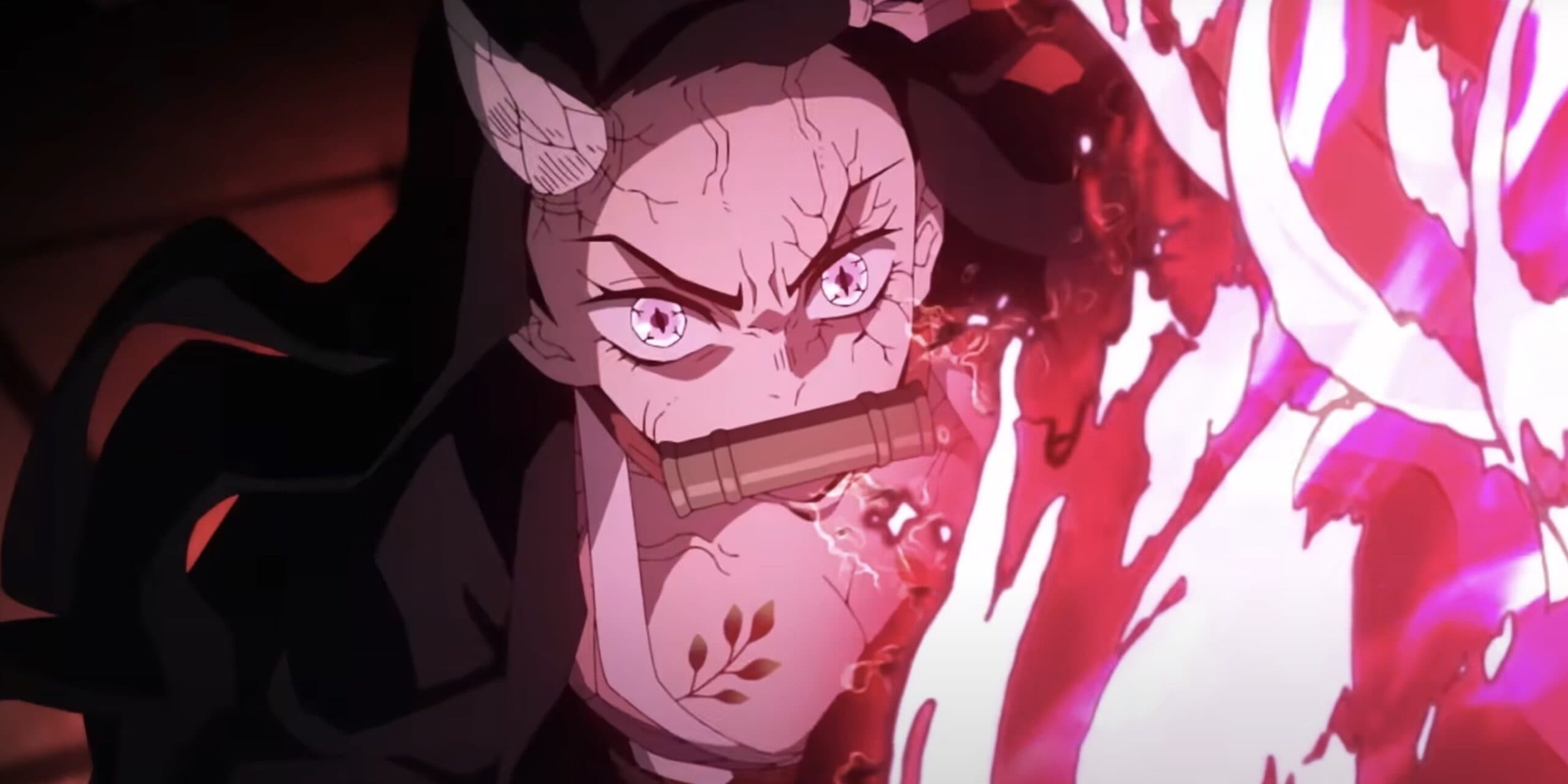
I especially appreciated seeming jerk Genya receiving extensive character development quickly leading me to root for him, proving nobody is one-dimensional here. Overall the new arc finds Demon Slayer maturing in storytelling scope through deepening side characters crucial to engaging viewers in the dramatic stakes.
Between the visual marvels and enriched plot and personalities, Season 3 starts off by capturing the essence of what makes Demon Slayer excellent while going beyond expectations. The stage is thoroughly set for more ambitious and gripping Tanjiro adventures still ahead in this cour.
While visually breathtaking and loaded with fantastic action set pieces, Demon Slayer’s third season pacing often stumbled in its middle episodes. Significant runtime was devoted to lengthy flashback sequences that halted momentum amidst climactic battles.
This created frustrating cliffhangers where intriguing fights would get sidelined for multiple episodes. The rushed, thrilling finale showed that the production can perfectly pace events when they want, making the earlier dragging dips more glaring.
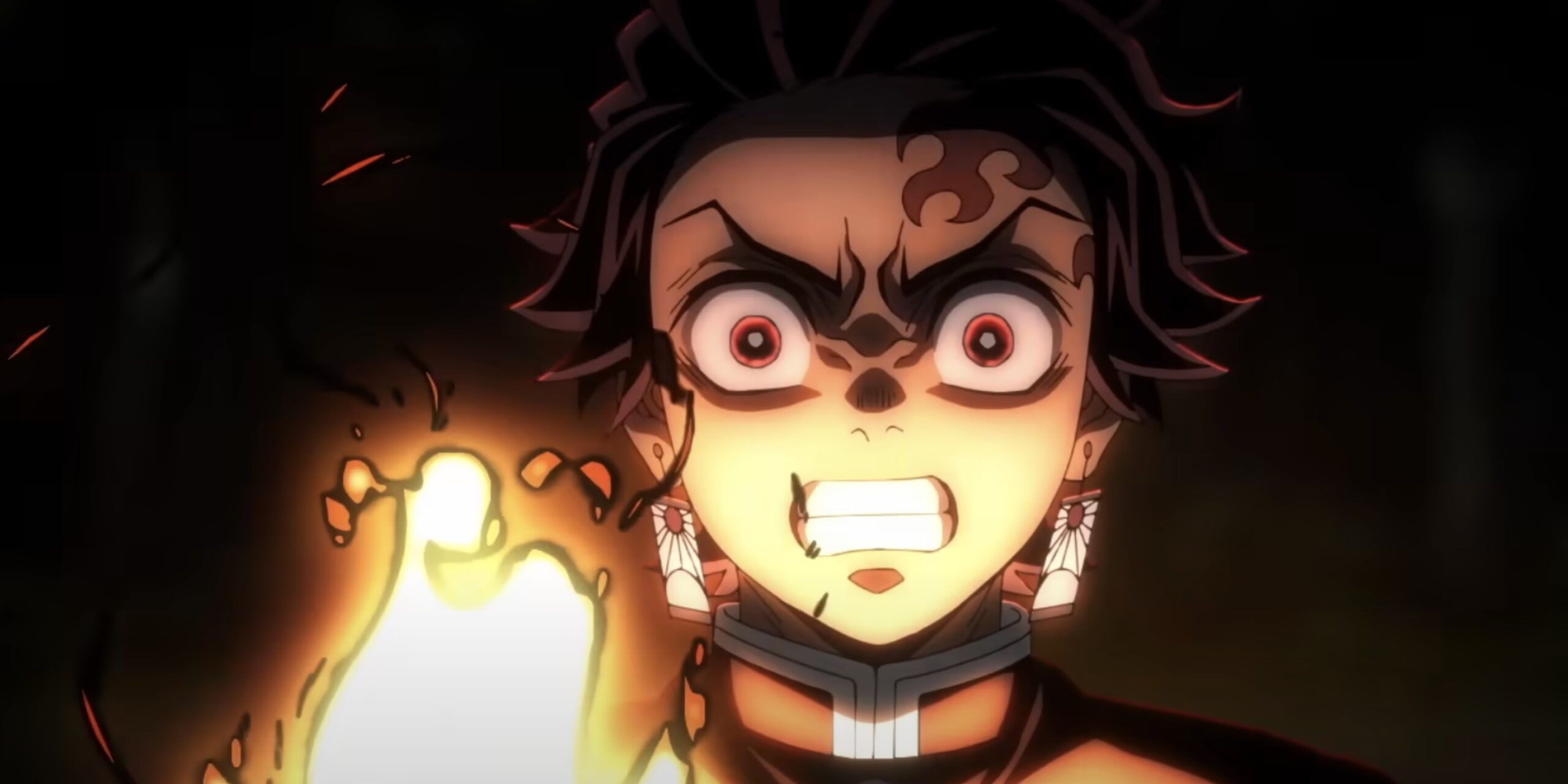
This uneven rhythm was especially frustrating given the incredible animation on display.
The battle with Upper Rank 4 and his split emotional forms featured some of the most gorgeous, fluid fight visuals ever animated. Every on-screen second kept me riveted to see more of this intimidating threat. Having to frequently pause this dynamic clash diluted its full impact.
I was also let down by the handling of Upper Rank 5 which should have posed a major threat. Instead he was quickly taken out in an underwhelming side conflict without getting to shine alongside Rank 4.
For all the build-up of the Upper Ranks’ might, Rank 5 felt severely underutilized.
However, the season does ultimately stick the landing with a Tanjiro vs Upper Rank 4 finale that delivers everything I wanted.
Spotlighting Tanjiro’s bond with Nezuko provided the heart while his expanded ally network added essential support, proving meaningful character development. Seeing everyone’s joint contributions pay off made his hard-fought victory feel well-earned.
4. Frieren: Beyond Journey’s End
Adapted from the popular manga by Kanehito Yamada and Tsukasa Abe, the new anime series Frieren: Beyond Journey’s End comes from acclaimed animation studio Madhouse (Death Note, The Girl Who Leapt Through Time).
Given the manga’s success, anticipation was high for the anime, which premiered via a special two-hour event collecting the first four episodes.
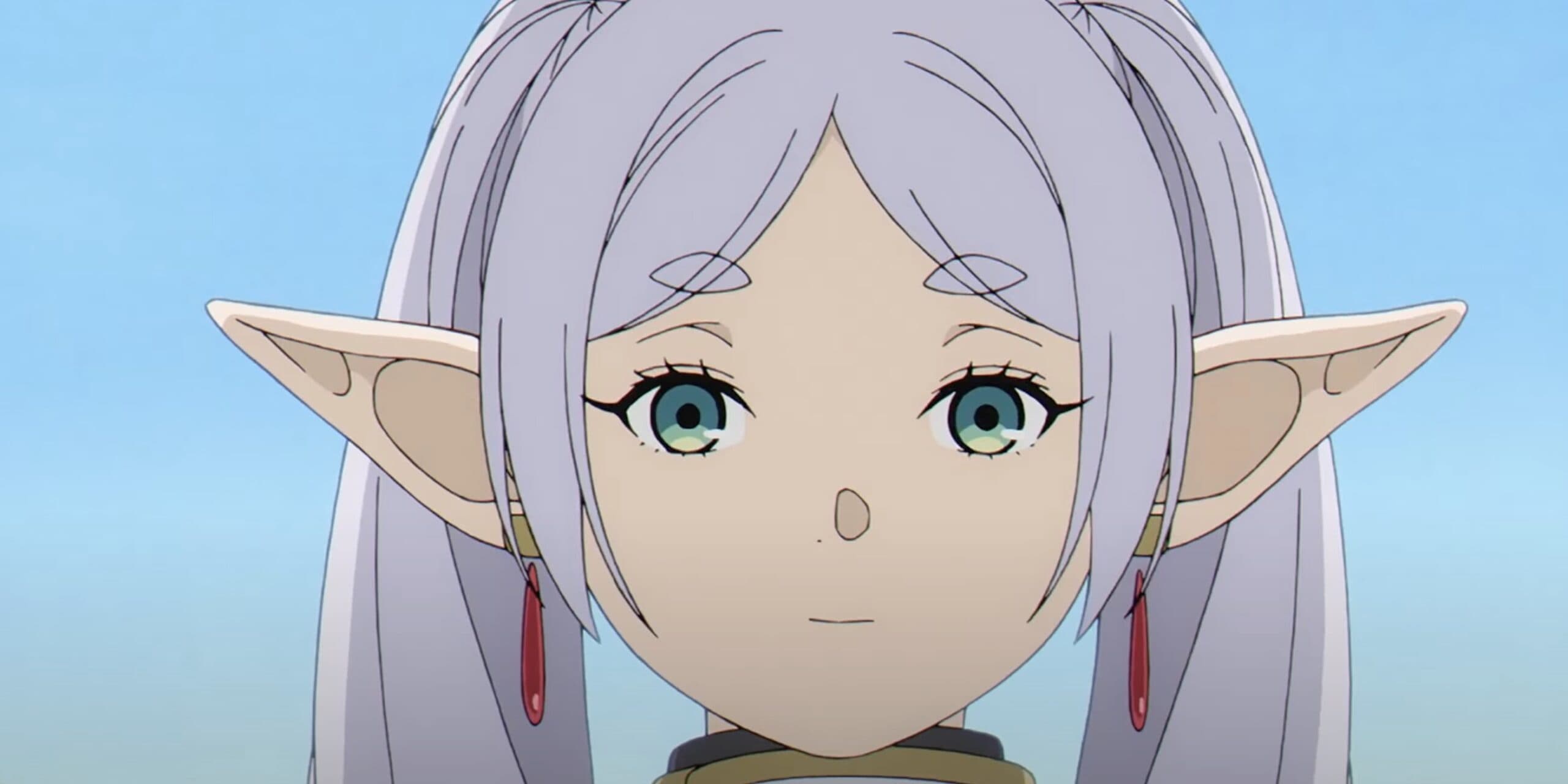
Unlike most fantasy anime, Frieren begins after the grand adventure when the Demon Lord has already been slain by heroes including elf mage Frieren, dwarf warrior Eisen, human hero Himmel, and human priest Heiter. Having returned to quiet normalcy, the group agrees to reconvene later in life.
But while time passes for the others, the immortal Frieren remains ageless and begins questioning her comprehension of humanity. Upon reuniting with her now elder friends generations later, she also takes on a new apprentice – a plucky orphan named Fern who was raised by Heiter.
Led by director Keiichiro Saito, the anime embraces a tranquil pace steeped in themes of Tolkien-esque camaraderie and finding purpose after glory.
Despite magical threats, the focus stays on developing the central characters. Reiko Nagasawa’s faithful character design work combined with Madhouse’s trademark lush background art create a serene storybook aesthetic, nicely complemented by Evan Call’s peaceful musical score.
3. Hell’s Paradise
Jigokuraku follows death row convict Gabimaru, an emotionless former ninja assassin. His unlikely new chance at freedom – locate the legendary Elixir of Life on a supernatural island.
But this quest is alongside an odd assortment of dangerous convicts, all monitored by samurai guards who will execute them if they step out of line.
This strange expedition quickly turns into a paranormal Battle Royale as convicts and samurai alike get slaughtered by the island’s silent, powerful spiritual guardians.
To have any hope of survival, the unlikely remaining group must cooperate.
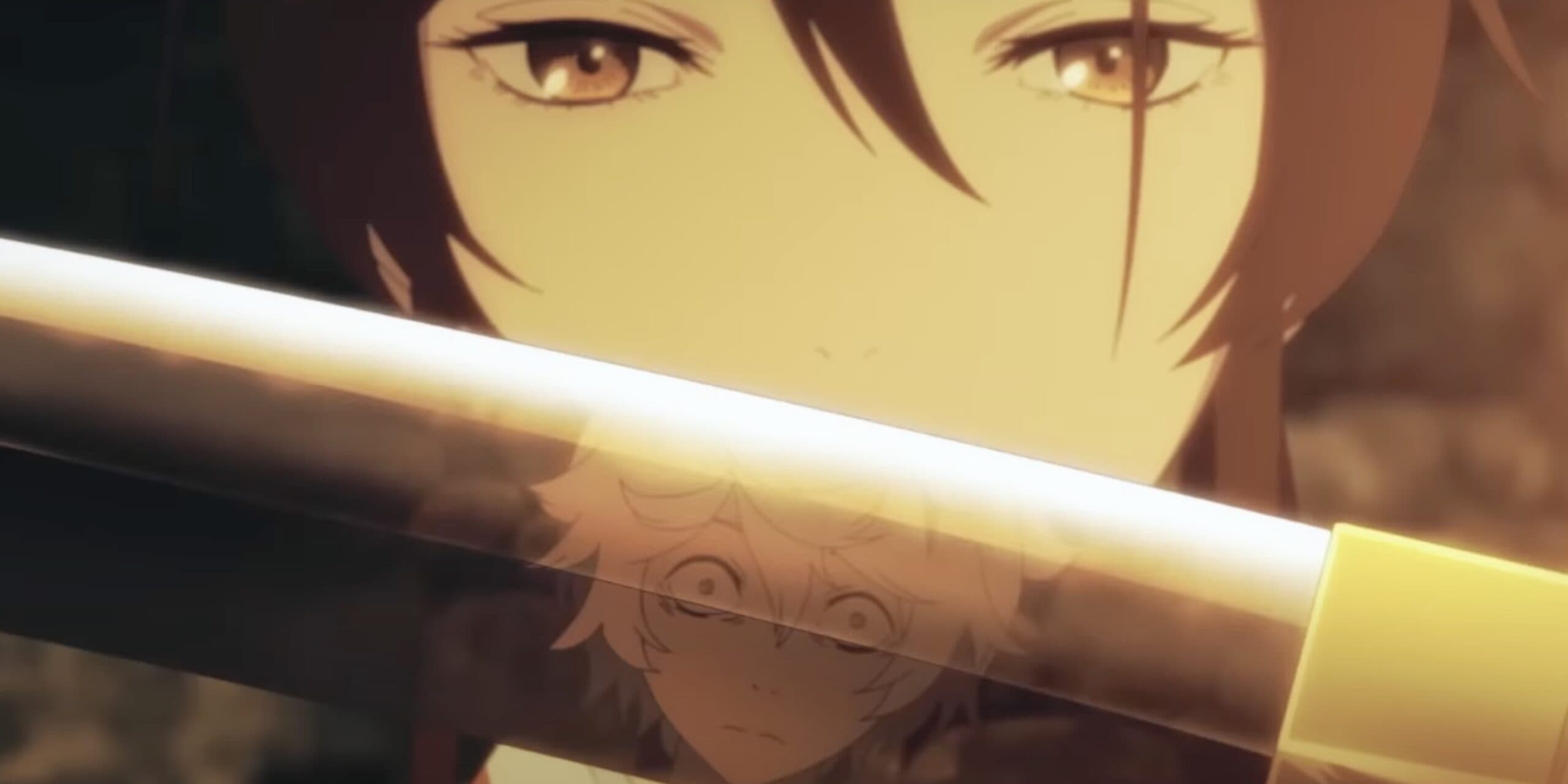
What grabs me most isn’t the violent action, masterfully depicted, but the complex relationships between characters.
Initially stoic and attached to his ruthless past, Gabimaru softens through flashbacks and desires to see his wife Yui again, gradually accepting help from others.
His samurai monitor Sagiri meanwhile contends with sexism in her elite warrior clan and feelings of inadequacy, though her swordsmanship is unmatched. Gabimaru respects her as an equal, challenging her perceptions.
This theme ripples outward, with other convict and samurai pairs begrudgingly finding mutual understanding.
Camaraderie emerges despite vastly different backgrounds. As Gabimaru and Sagiri befriend former rival duos, the transformations feel earned and resonant. Flawed characters reveal their humanity through connection.
2. Blue Lock
Blue Lock follows Yoichi Isagi, a talented high school soccer player who gets selected to join a radical new national program aimed at finally developing a world-class Japanese striker capable of bringing home the World Cup.
The unorthodox Blue Lock program was conceived by coach Jinpachi Ego after decades of Japan’s team-first soccer culture failed to produce any global superstar talent.
Ego believes that you need one single ace “egoist” striker whom the team revolves around, not selfless cooperation, to achieve elite success.

He puts 300 handpicked strikers through a hyper-competitive, survival-style training gauntlet with only one winner.
This flies in the face of Japan’s usual notions of harmony in soccer, instead taking cues from battle manga. Only a single-minded “monster” can emerge victorious from Blue Lock’s intense psychological and physical trials.
While initially retaining his innate sportsmanship, the experience pushes protagonist Isagi to slowly access his inner ruthless instinct too as he battles internally against having to view his fellow players as obstacles.
This tension between selflessness and selfishness in pursuing his soccer dreams makes him an intriguing character.
Unlike the typical underdog sports formula, Blue Lock examines soccer via this unorthodox philosophical lens.
The matches and training are depicted in an exaggerated, dramatic fashion to match Ego’s wired philosophy of achieving greatness.
We witness Isagi begin to morph into the kind of unprecedented striker the program intends to mold in order to take Japanese soccer to new heights globally.
1. Oshi no Ko
Oshi no Ko tells the story of Gorou Amamiya, an obstetrician tasked with discreetly delivering the children of famous pop idol Ai Hoshino.
But the night Ai gives birth, Gorou is murdered by her deranged fan. Gorou then reincarnates as Aqua, Ai’s newborn son, retaining memories of his past life.
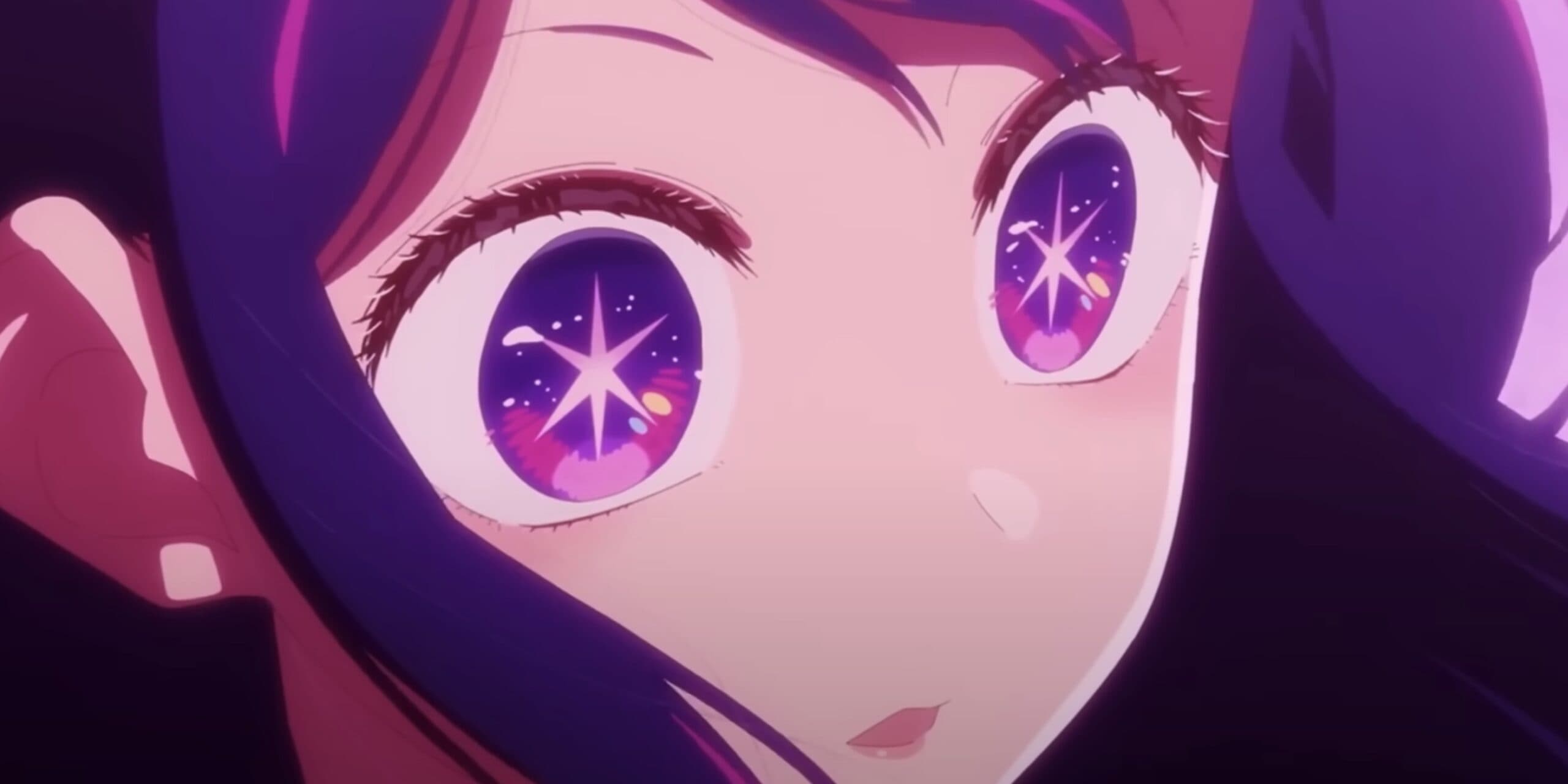
Aqua’s twin sister Ruby is also revealed to be the reincarnation of one of Gorou’s former patients. A few years later, Ai is killed by the same obsessive fan, who later dies by suicide. Aqua vows revenge against his birth father, believing he was involved.
Over a decade later, Aqua and Ruby are adopted by the owners of Ai’s talent agency and enter the entertainment world – Aqua as an actor, Ruby as an aspiring idol.
Using his acting career as a cover, Aqua schemes to uncover the truth about their birth father, suspecting famous actor Hikaru Kamiki.
Meanwhile, Ruby accidentally discovers Gorou’s remains and learns the full truth behind his and Ai’s murders, fueling her own secret vendetta.
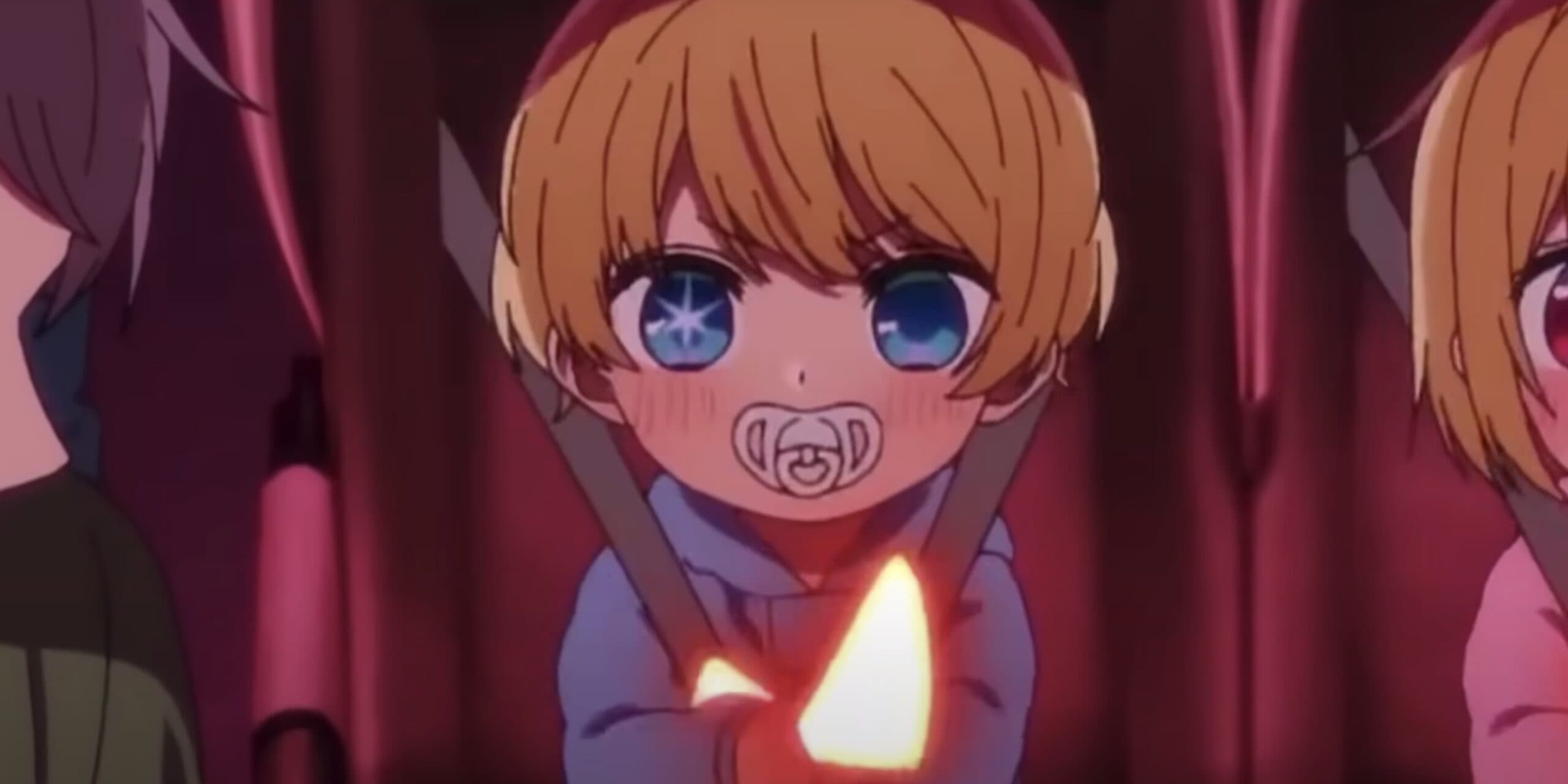
As Aqua and Ruby manipulate others and resort to drastic measures in their quests for revenge, they eventually see each other as obstacles.
Aqua leaks the secret of their connection to Ai. When Aqua spearheads a biopic to bait their father out, Ruby fights to star in the film. During this process the truth of each other’s reincarnated identities is revealed, testing their bond.

